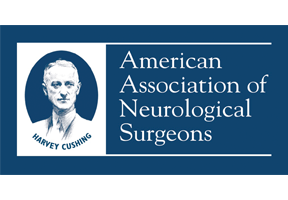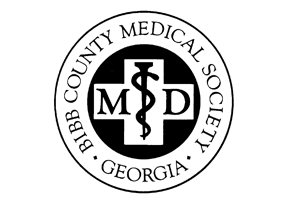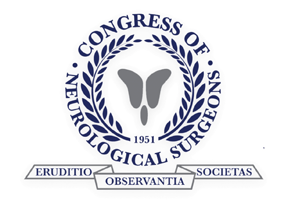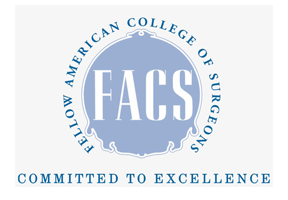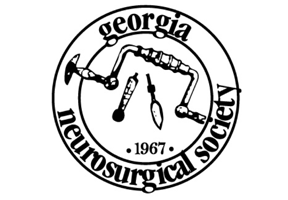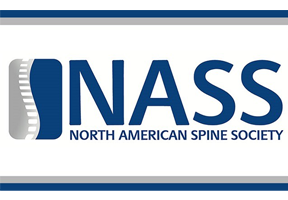Currently, microscopic or endoscopic transsphenoidal surgery (TSS) is the preferred method for the treatment of intrasellar pituitary adenomas.[13,17,19,32] Approximately 1,650 cases of TSS are performed annually for removal of pituitary adenomas in the United States.[1,29] One of the preoperative considerations for TSS is an exclusion of “kissing internal carotid arteries: (ICA), a rare anatomical variant and absolute contraindication for TSS.[25,28,38] However, even in the absence of this vascular configuration, the rate of intraoperative arterial injuries remains significant. In different case series, it has been reported to be as high as 1.1%.[2,8,9,14] Thus, the imputed number of iatrogenic vascular injuries encountered during TSS in the United States is approximately 18 cases per year, which is a significant cause of morbidity and mortality as well as physician liability. These injuries are mainly attributed to direct iatrogenic injury to the ICA.[3,18,25,39] However, there is some evidence suggesting that coincidental intracranial aneurysms are found almost seven times more frequently in pituitary adenomas when compared to other intracranial neoplasms.[6] The exact cause of this augmented incidence still remains unclear; however, it raises concern about encountering an ICA aneurysm during TSS, which in some cases may lead to hemorrhagic complications.
We present a case of a patient who was found to have a growth hormone (GH)-secreting pituitary adenoma and a coexisting cavernous ICA aneurysm embedded within the tumor. The patient underwent medical treatment of the adenoma. However, shrinkage of the tumor resulted in simultaneous enlargement of the observed aneurysm warranting endovascular intervention.
Read the full article: https://www.ncbi.nlm.nih.gov/pmc/articles/PMC5838828/

